September 15 – October 15 is National Hispanic Heritage Month in the United States
Today, September 15, kicks off National Hispanic/Latino Heritage Month. I want to begin this month of recognition by bringing awareness to the Hispanic/Latino migraine community. We are a collective of cultures within the Spanish-speaking countries; some of us are Hispanic, some Latino. I happen to be both, having ancestry from Mexico and Spain. I am also Indigenous American (still waiting on my DNA results). My mom tested her DNA a few years ago and found she was 44% Indigenous American (between the United States and Mexico), 38% from Spain/Basque/Portugal countries, and 7% from African countries. The rest is a small percentage from countries around the world.
Growing up, I went to all my doctor appointments that my mom scheduled for me—routine checkups and anything pretty serious, like ER-level serious. We didn’t really see a doctor to investigate symptoms that happened regularly; it was just seen as something time would heal. Head hurt? Take OTC pain meds. Still hurting? Take a nap and sleep it off. My parents aren’t without empathy; it’s just how they were brought up, and how their parents were brought up, and so on. Time, mentholatum rubs, chicken soup, and pain pills were staples in our household.
When I was in school, I started complaining of nausea, head pain, and feeling like passing out when I’d feel hungry, even though I had lunch in the cafeteria a couple of hours prior. My grandmother (I miss her so much) would cook me a burrito with ground meat and veggies and bring it to my school. I was usually in the nurse’s office, so I’d eat it there and feel better enough to go to class. This was a regular occurrence by the time I was in junior high. I remember it well. I never saw a doctor for this; my mom and grandma figured if food fixed it, that was good enough. My family before me was not taught to see a physician for things like this.
In my very early 20s, I began experiencing head pain with strange neurological symptoms that doctors couldn’t figure out. If you search this blog, you’ll find many stories I’ve told with all the various experiences I’ve lived through in my search for diagnosis and treatment for migraine. In the beginning, I was rarely believed, and when I was, it was still with some hesitation. Today, I’m happy to report that I have an amazing headache specialist with an equally amazing medical concierge and headache coach. But the journey to get to this point, at 43 years old, is full of mental anguish purely due to how I was treated as a person living with migraine. Is it because I am Latina? Is it because I am a woman? Is it because of my age? Is it because I’m overweight? There are so many reasons, maybe it was a combination.
As a 5th generation Mexican/Spanish/Native American, I often feel disassociated with my culture… all of them! I was brought up on traditional American meals, like pork chops with mac and cheese, instead of plates of enchiladas with charro beans and rice. Yes, I did eat those flavorful, mouth-watering home-cooked Mexican dishes as a kid, but it was usually a special occasion or a weekend at my grandparents’ house. Also, I wasn’t raised to understand or speak Spanish. No hate to my parents or grandparents, though.
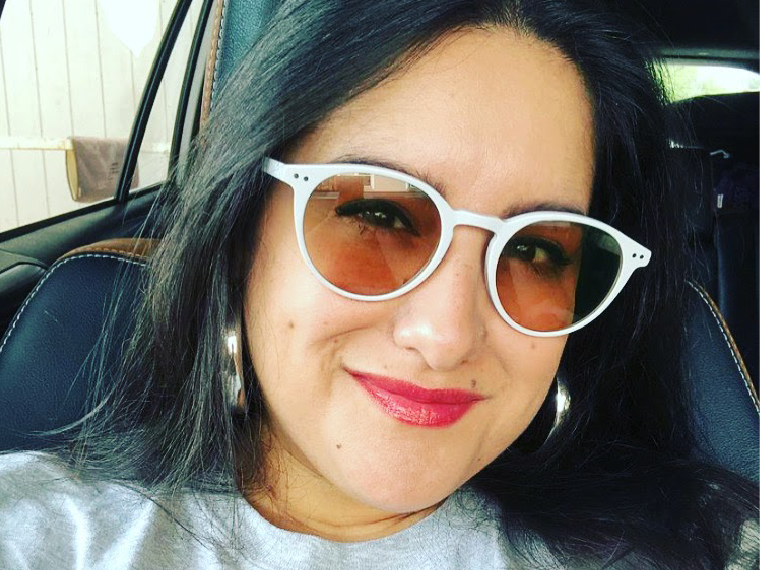
The only clinically proven lens that precisely filters up to 97% of harmful light and may, as part of a healthy lifestyle, help people living with migraine. Use code ACHYSMILE for $25 off.
My parents aren’t fluent in Spanish themselves, but they speak and understand way more than I do. I’m 43 years old, learning Spanish is definitely on my plate. At this point, learning Spanish fluently will be difficult because migraine has led to brain fog, and I now live with transient aphasia. But, if I had the right kinds of treatment in my early 20s, would I be at the point I am at today with my health? That’s a question I find myself considering often. Different types of migraine may need different types of treatment.
While doing research for this article and for my Instagram post, I was saddened and heartbroken all over again for the people living with migraine who aren’t white men. The data I read through showed me racial disparity is a real problem among the Latino/Hispanic community. Did you know that 50% of Latinos with headaches are less likely to see a physician for migraine symptoms, according to an article from the American Migraine Foundation? This is probably due to Hispanics being 2 1/2 times less likely to secure health insurance than white people in the United States.
In my journey with migraine, I have seen physicians of various races and nationalities. I was usually in pain or couldn’t think clearly in those early years, so it’s hard for me to say the reasons why I was treated the way I was. After hearing stories from the BIPOC community over the last couple of years, I have this uncomfortable feeling in the pit of my stomach that maybe it is because I am Hispanic/Latina and the people I put my faith in for my health care needs couldn’t see past that.
These stories didn’t convince me to feel this way just because; I feel this way because our stories are so eerily similar. Stories full of people of color experiencing no respect from their health care provider for what they had to say about their body and what they feel they need…that was me. Stories full of people of color looked down upon because they didn’t have insurance and couldn’t afford treatments in medical offices. Stories full of people of color who couldn’t receive proper treatment because their pain wasn’t believed.
I put together a deck of images with stats about Hispanics and Latinos living with migraine from respectable organizations within the healthcare community. I’ve posted them to the following social media accounts; please share this month. If you can relate to this article, share your story with me in the comments and on your own social media accounts. Let’s bring awareness to our community who live with migraine so they may receive proper treatment for their pain and/or neurological symptoms. Click on a social media account below to see the post.
Shareable Graphics for Hispanic / Latino Heritage Month: A Focus on Migraine
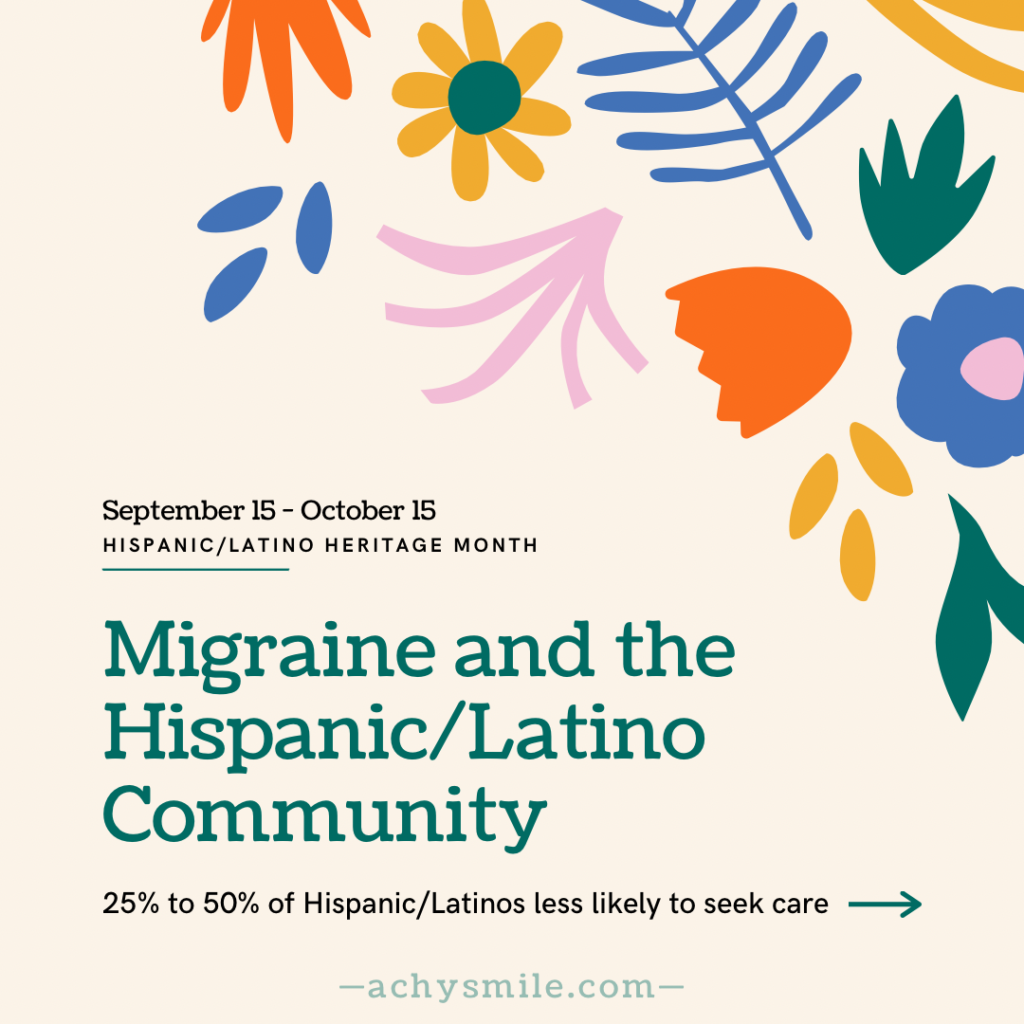
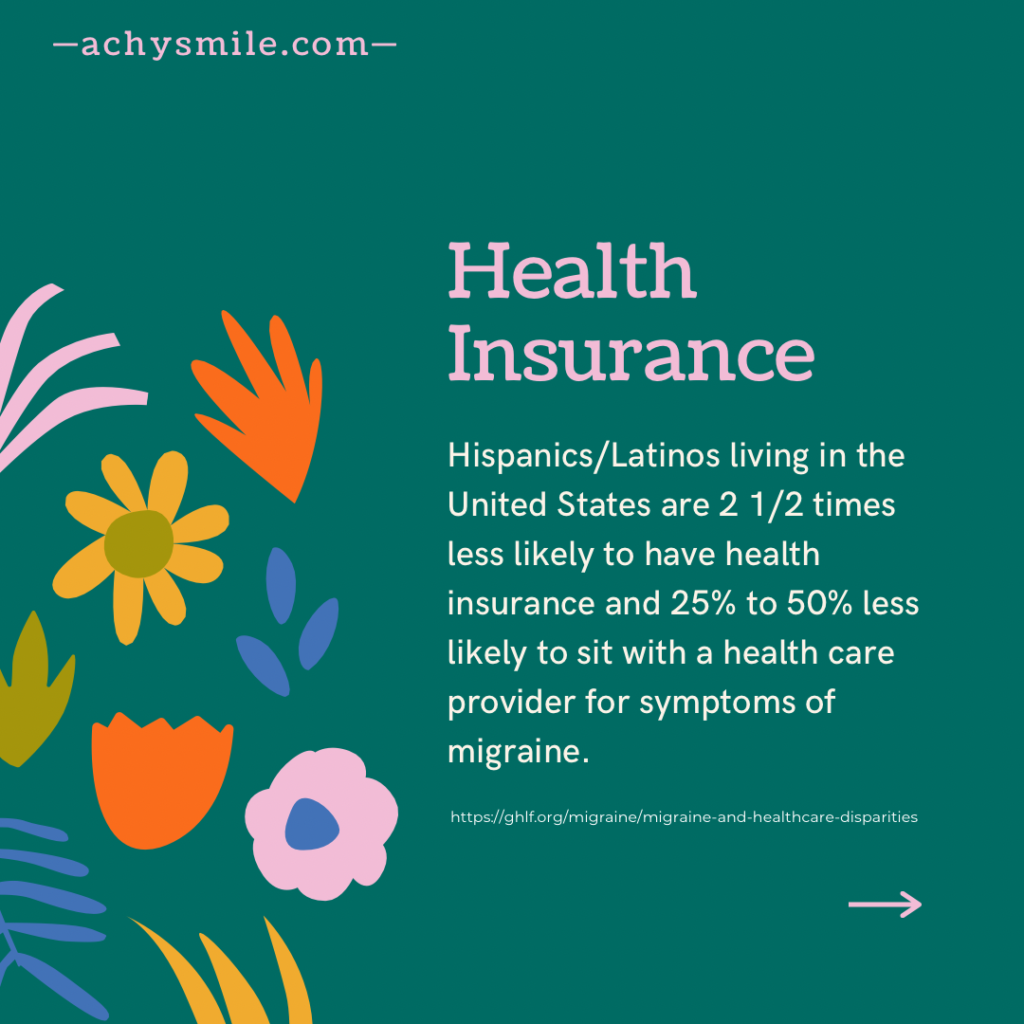
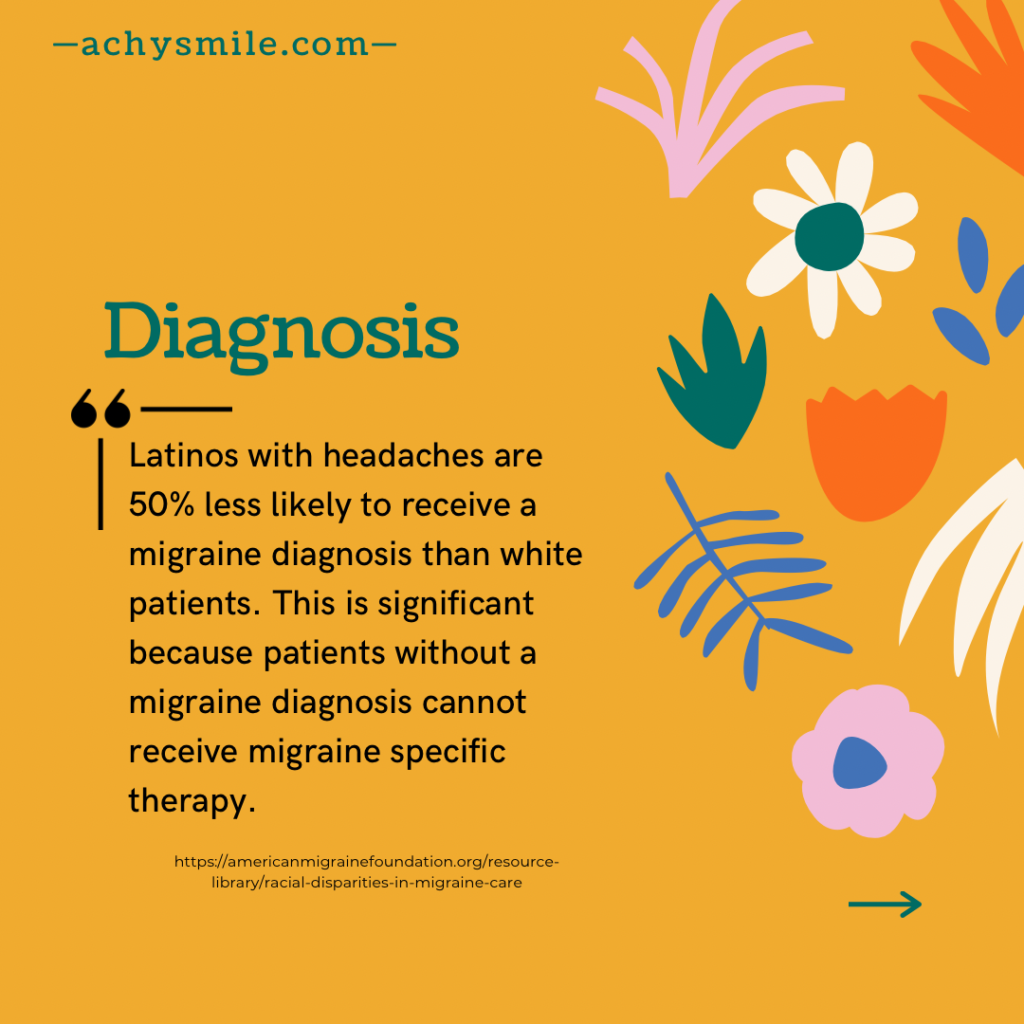
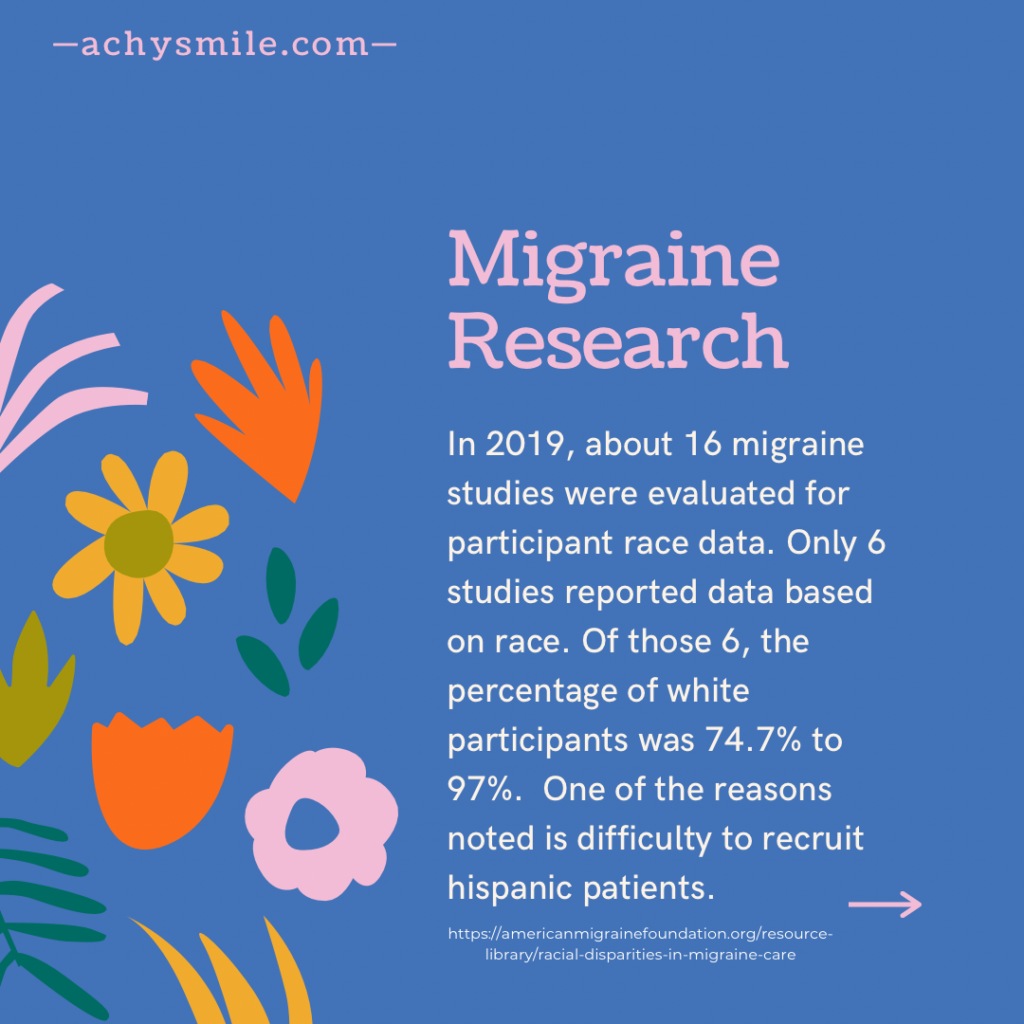

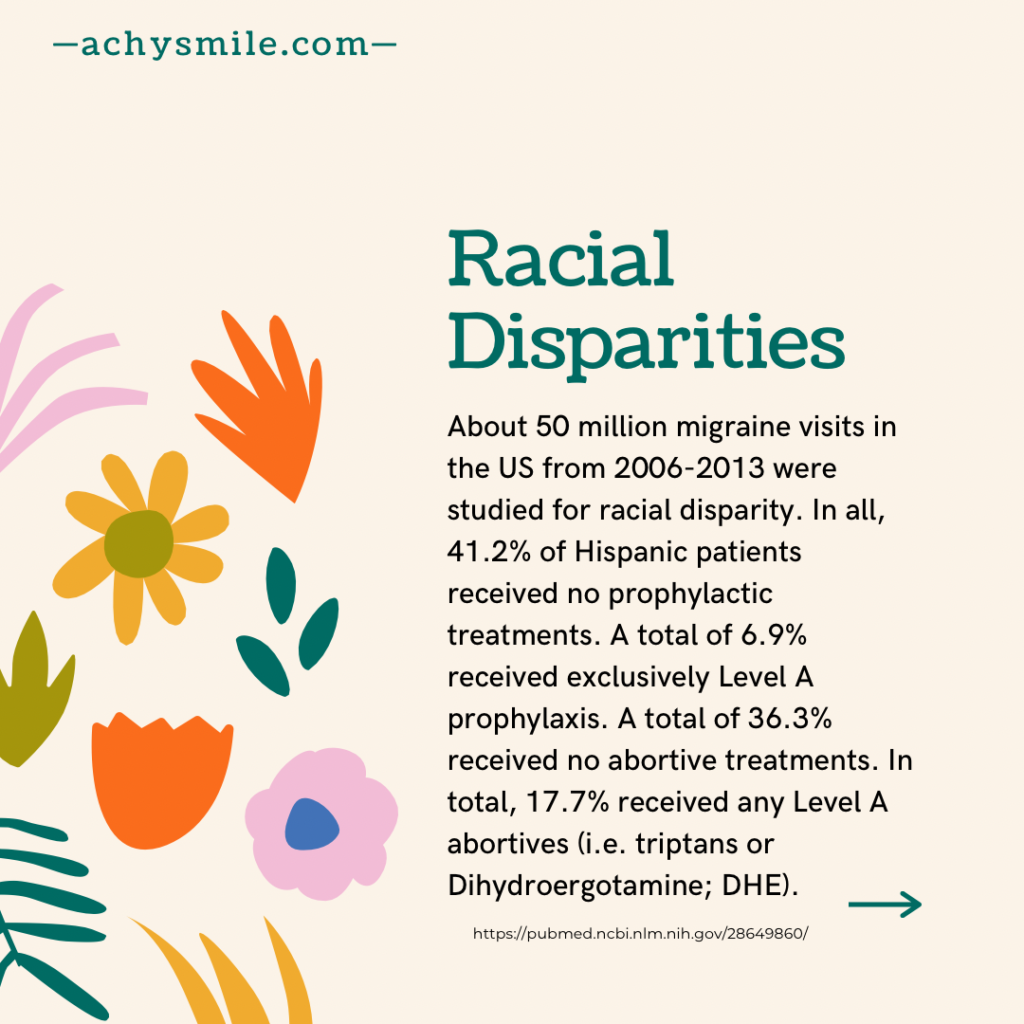
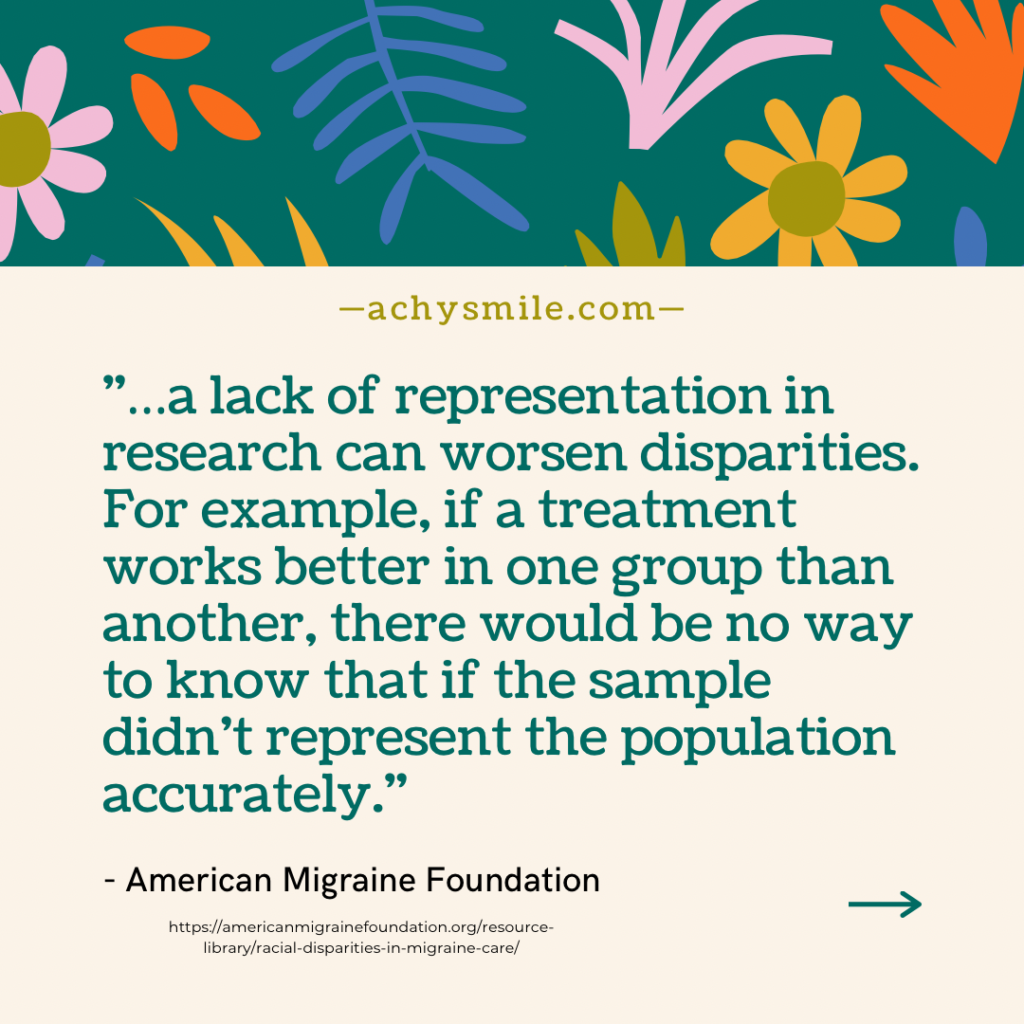

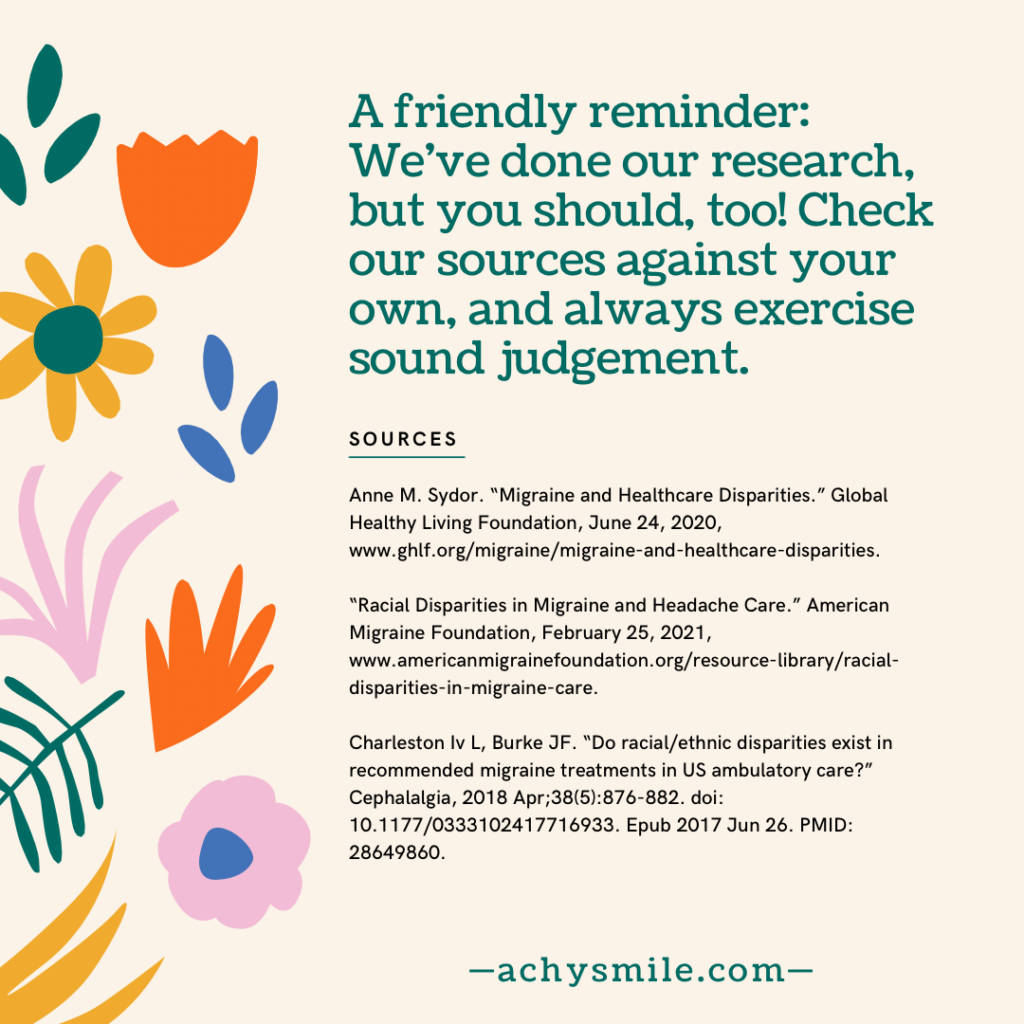
Sources
- Anne M. Sydor. “Migraine and Healthcare Disparities.” Global Healthy Living Foundation, June 24, 2020, www.ghlf.org/migraine/migraine-and-healthcare-disparities.
- “Racial Disparities in Migraine and Headache Care.” American Migraine Foundation, February 25, 2021, www.americanmigrainefoundation.org/resource-library/racial-disparities-in-migraine-care.
- Charleston Iv L, Burke JF. “Do racial/ethnic disparities exist in recommended migraine treatments in US ambulatory care?” Cephalalgia, 2018 Apr;38(5):876-882. doi: 10.1177/0333102417716933. Epub 2017 Jun 26. PMID: 28649860. https://pubmed.ncbi.nlm.nih.gov/28649860.


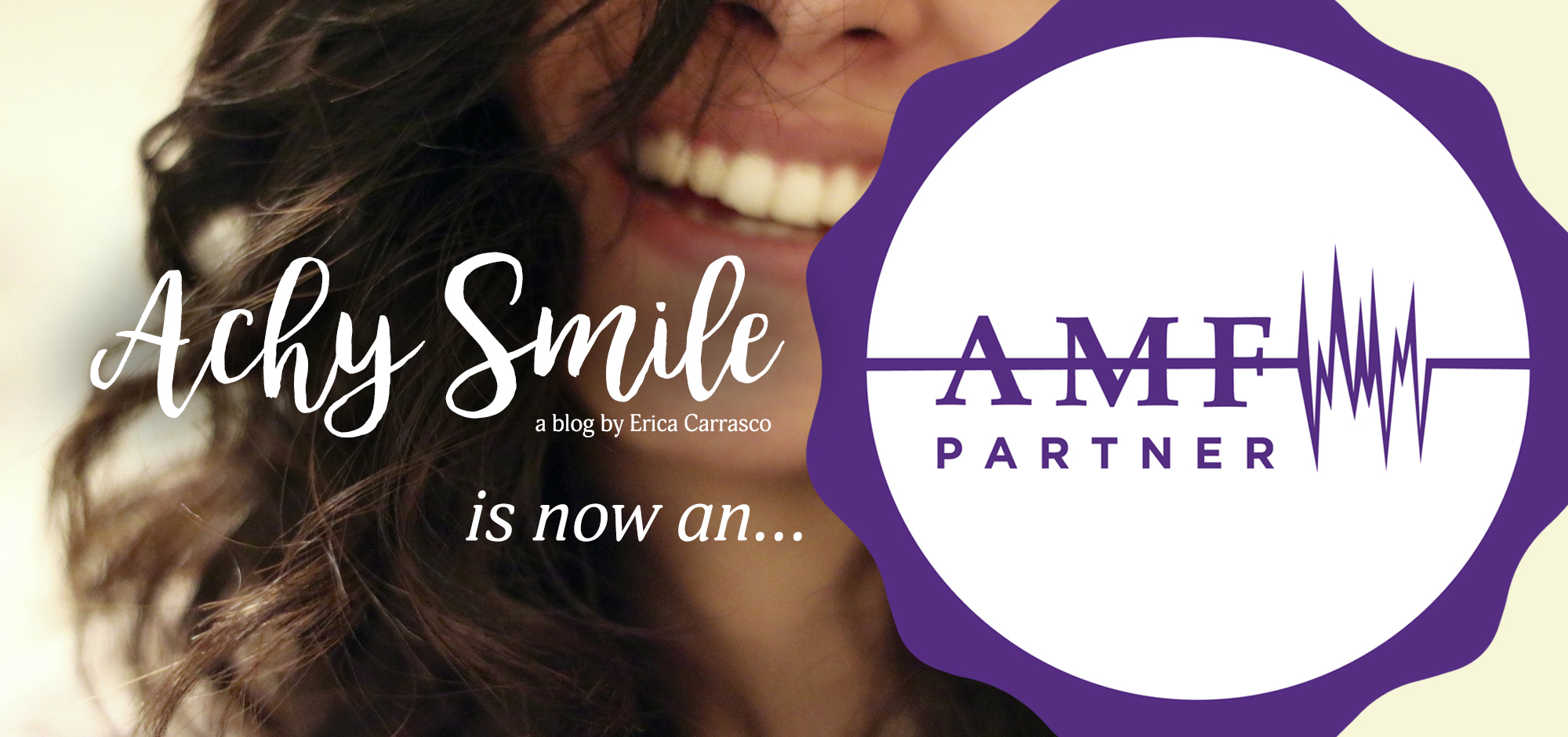
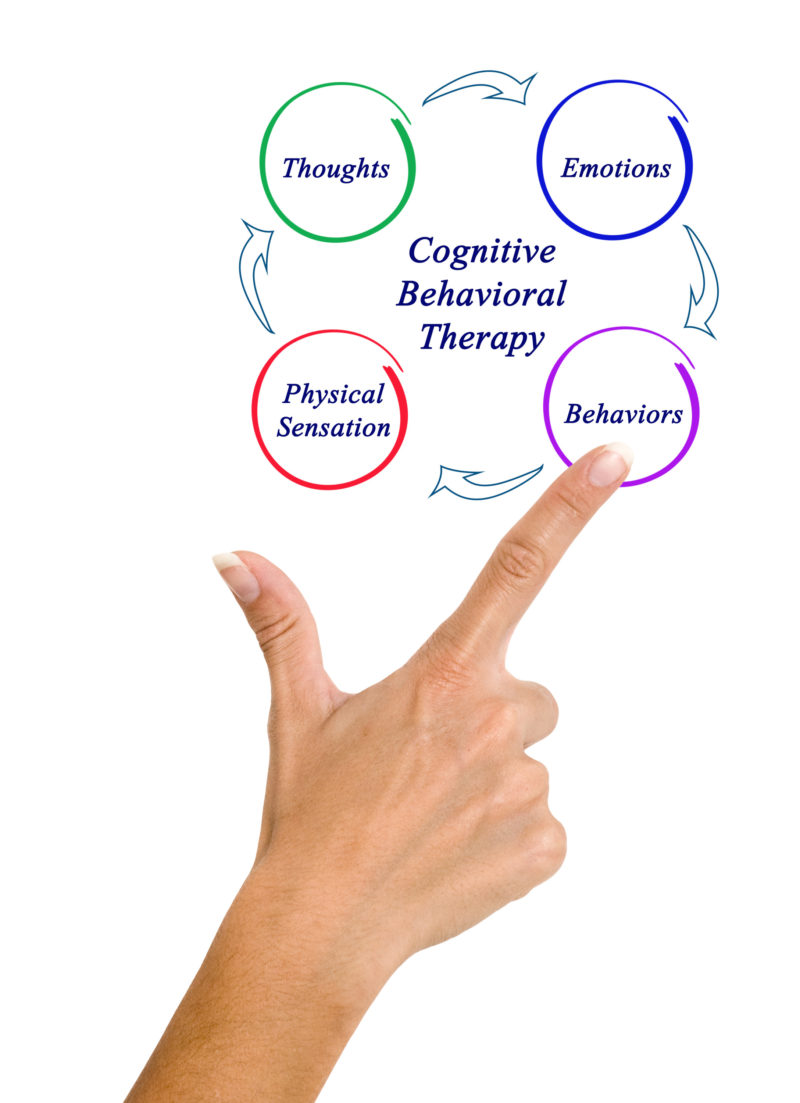

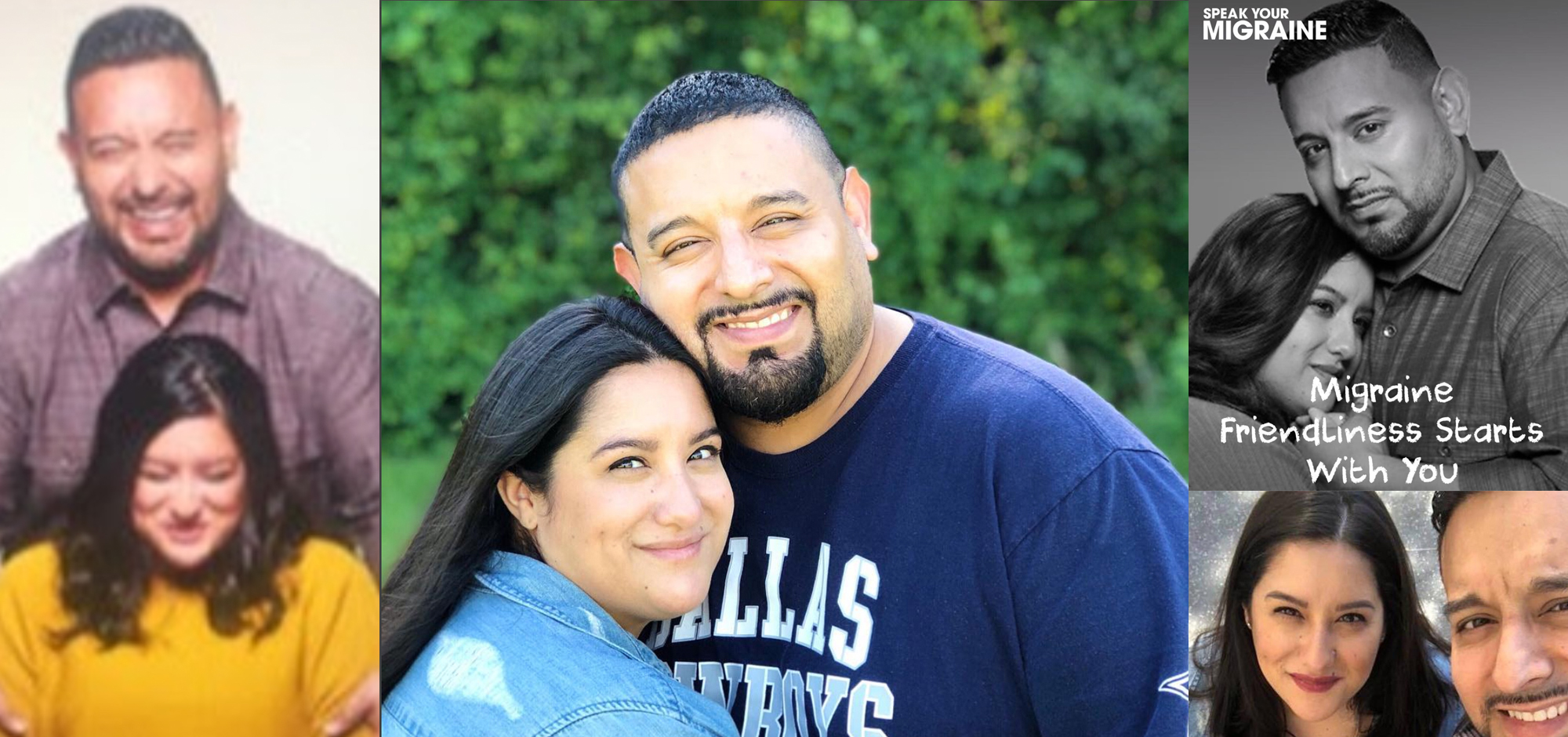
Leave a Reply